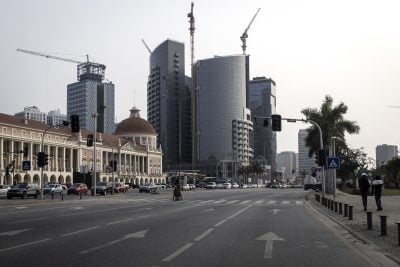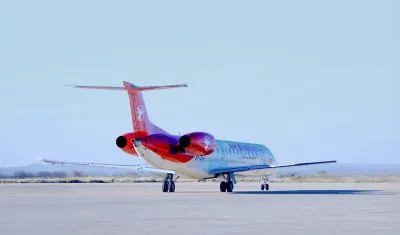Gabon (5th). Gabon is one of the ARDI’s ‘small gems’. The French-speaking nation has a population of just 2.2m people covering an area roughly the size of New Zealand, but with a $19bn economy it has the highest per-capita GDP ($14,500) among countries in the ARDI.
Retail sales have grown about 13% annually in the past few years. Entering the market will prove challenging. The market remains relatively early in development, and the ease of import and supply and distribution capabilities remain low.
Formal retail makes up only 3 to 4% of grocery retail, so there remain solid opportunities in Gabon despite the small population. International retailers such as Carrefour are already targeting the resource-rich country.
Gabon’s formal retail sector currently comprises only a handful of large distribution brands, such as Prix Import and France-based Géant Casino, which holds a 10% share of the formal retail market.
The retail sector saw a major capital injection in 2013 after Swiss group Webcor agreed to build the largest market centre in Libreville, the capital and largest city. Upon completion, the Grand Marché will supplant the existing Mont-Bouët as Libreville’s primary market space, with the goal of bringing increased formality and rigour to the retail sector.
Ghana (6th). Retail sales have grown 10% per year in recent years in Ghana, as the country’s GDP grows at nearly 8% annually. At the same time, Ghana’s market is relatively advanced compared to others in Africa.
Traditional open-air markets account for more than two thirds of retail sales in Ghana (where English is the official language), followed by convenience stores and small grocers, with supermarkets accounting for just 1% of sales.
Still, more domestic supermarkets are growing, including Melcom, Kwatsons, and Palace Hypermarket, and foreign-owned companies are also entering, including GNC, Shoprite, Total and Wal-Mart.
Ghana’s relative stability has drawn an expatriate population, and increased the number of middle-class Ghanaians living in the capital Accra. For these consumers, convenience and quality appear important, considering the popularity of higher-priced international products such as Häagen-Dazs ice cream and Grey Goose vodka.
Southern Africa
Southern Africa is attractive to global retailers. The region’s economies are relatively stable, consumer spending is high, and retail chain stores from South Africa are well established in many places, which portends the steady development of formal retail. Many global CPG companies have supported the development of modern retail in the region.
Namibia (3rd). Namibia’s macroeconomic strength (GDP of $12.81bn) and high income per capita offer a variety of opportunities to international retailers who can offer competitive, differentiated products to middle and upper class consumers.
In the capital city of Windhoek, formal retail dominates, led by South African chains such as Shoprite, Pick n Pay, Woolworths, Game, and Spar, along with local independent stores such as Woermann Brock. Formal retail is well advanced, with wide aisles, big shelving, and international products.
South African developer Atterbury has announced plans to develop the largest mall in Namibia, to open in September 2014. This mall will include electronics retailer Game, Shoprite, Woolworths, Edgars and SPAR, along with several other regional brands that are making their Namibian debuts.
Most formal retailers feature fresh and consumer packaged goods, and there is a wider range of popular categories that goes beyond basic household items. These categories range from maize mills and local beers to luxury chocolates and wine. Because much of Namibia is desert, fresh flowers, fruits, and vegetables are also popular among affluent consumers.
Namibia’s income per capita is seventh highest in Africa, and its consumers like to shop at a variety of formal stores. Promotions and advertising appear to be the primary selling criteria for these consumers. English has been the official language of Namibia since gaining its independence from South Africa in 1990.
Namibia’s efficient transport network is a major factor contributing to the growth of the country’s formal retail sector, which is growing 12% per year. Because of its proximity to South Africa and its efficient road network, formal retailers in Namibia have centralised distribution centres and warehouses close to the border between Namibia and South Africa.Refrigerated warehouse trucks facilitate the transfer of fresh products between both countries, which means full-stocked shelving and more controlled inventory in most stores.
Want to continue reading? Subscribe today.
You've read all your free articles for this month! Subscribe now to enjoy full access to our content.
Digital Monthly
£8.00 / month
Receive full unlimited access to our articles, opinions, podcasts and more.
Digital Yearly
£70.00 / year
Our best value offer - save £26 and gain access to all of our digital content for an entire year!

 Sign in with Google
Sign in with Google 


